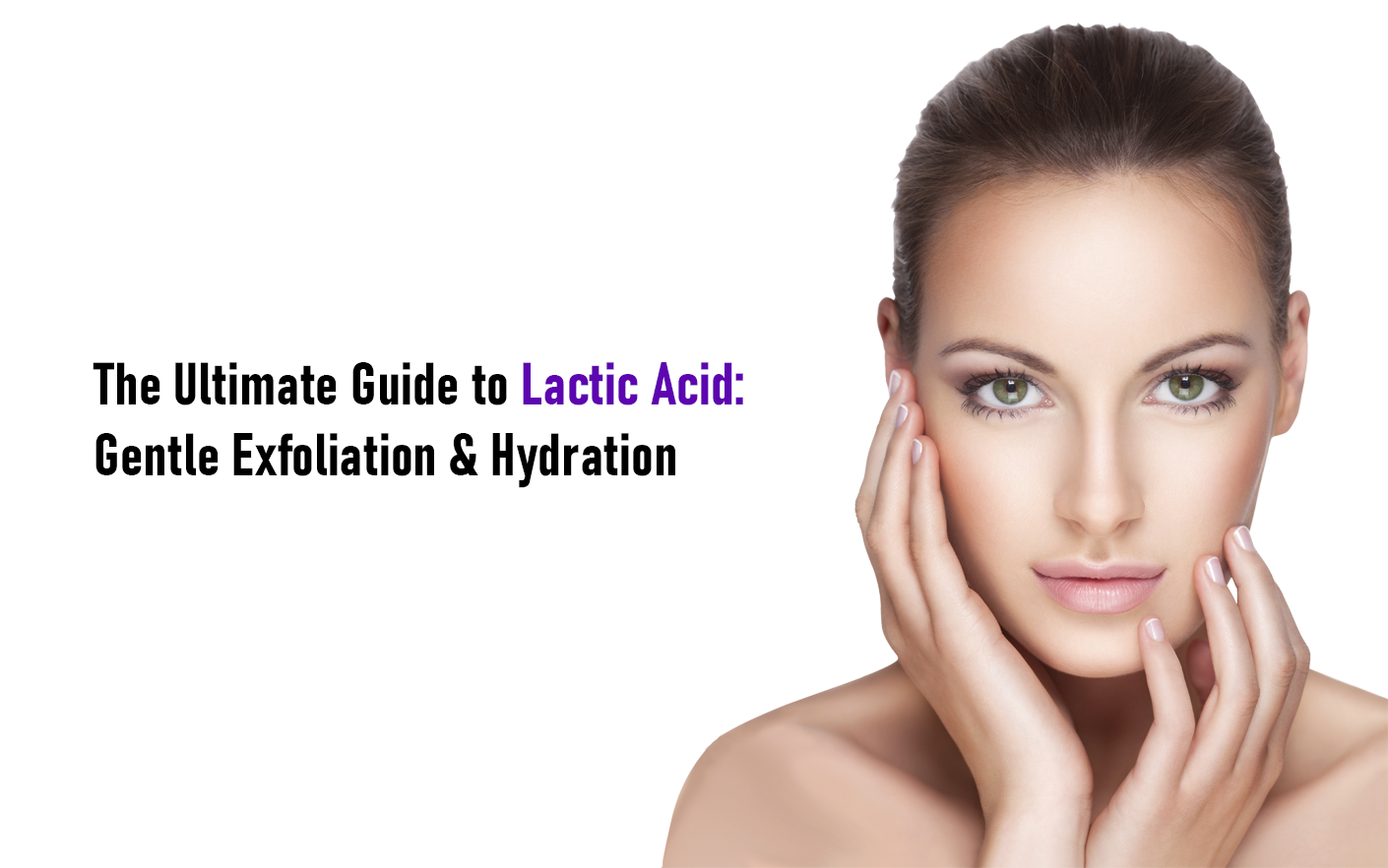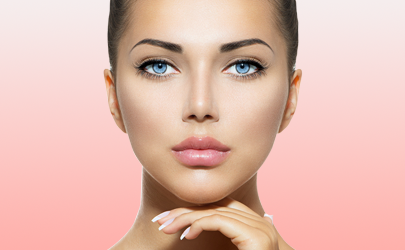
1. What Is Lactic Acid & How Does It Work?
Lactic acid is an alpha hydroxy acid (AHA) derived from milk that offers gentle exfoliation with hydration benefits. Unlike glycolic acid, its larger molecular size makes it:
- Less irritating (ideal for sensitive skin)
- More hydrating (attracts moisture to skin)
- Inhibit melanin production (fades dark spots)
- Slower-penetrating (reduces risk of irritation)
Key Benefits:
- ✔ Exfoliates dead skin cells
- ✔ Boosts hydration by increasing ceramides
- ✔ Stimulates collagen for firmer skin
- ✔ Improves skin texture and radiance
- ✔ Fades hyperpigmentation over time
2. Who Should Use Lactic Acid?
- ✅ Dry/sensitive skin (gentler than glycolic acid)
- ✅ Aging skin (improves fine lines and elasticity)
- ✅ Dull, rough texture (reveals brighter skin)
- ✅ First-time acid users (great introductory exfoliant)
- ✅ Darker skin tones (lower risk of PIH)
⚠️ Caution Needed If:
- You have active eczema/rosacea flare-ups
- Using other strong actives (retinoids, vitamin C)
- Extremely sensitive skin (start with 5% or less)
3. Proven Benefits of Lactic Acid
- Removes dead skin cells without stripping moisture
- Great alternative for those who can't tolerate glycolic acid
✔ Gentle Exfoliation
- Increases natural moisturizing factors (NMFs)
- Helps repair skin barrier function
✔ Intense Hydration
- Stimulates collagen production
- Reduces appearance of fine lines
✔ Anti-Aging Effects
✔ Hyperpigmentation Treatment
4. How to Use Lactic Acid
- Cleanse with lukewarm water
- Apply thin layer to dry skin (pea-sized amount)
- Wait 5-10 minutes before next step
- Follow with moisturizer to lock in hydration
- Always use SPF during the day
Application Tips:
- Hyaluronic acid (boosts hydration)
- Niacinamide (calms and brightens)
- Peptides (enhances anti-aging effects)
Perfect Pairings:
5. Choosing the Right Product
- ✔ pH between 3-4 (most effective range)
- ✔ Formulations with hydrating ingredients
- ✔ Air-tight packaging (prevents degradation)
What to Look For:
| Format | Best For |
|---|---|
| Toners (5-10%) | Daily gentle exfoliation |
| Serums (10-15%) | Targeted treatment |
| Moisturizers (5% or less) | Hydration + mild exfoliation |
| Masks (10-20%) | Weekly treatments |
6. Natural Alternatives
For those preferring DIY options:
- Yogurt masks (contains natural lactic acid)
- Fermented rice water (mild brightening)
- Sour milk baths (traditional skin-softening)
7. Potential Side Effects
Common (temporary):
- Mild tingling (should subside in 15 minutes)
- Slight redness (usually fades quickly)
Rare:
- Burning sensation (sign of over-exfoliation)
- Increased sun sensitivity (always use SPF)
Disclosure: As an Amazon Associate, We earn from qualifying purchases. Product prices and availability are accurate as of the date/time indicated and are subject to change.
Azelaic Acid
Salicylic Acid
LEAVE A REPLY
Your email address will not be published. Required fields are marked *
Fast Delivery
Across West & East India
safe payment
100% Secure Payment
Online Discount
Add Multi-buy Discount
Help Center
Dedicated 24/7 Support
Curated items
From Handpicked Sellers





LEAVE A COMMENTs
Alexandra Robinson
"At 58, lactic acid gives me that 'lit from within' glow without irritation. HG status!"
Roy Matthew
"How often should I use lactic acid if I'm just starting out? Scared of over-exfoliating!"
Arlene Jackson
"Best drugstore lactic acid product? The luxury brands are breaking my bank!"